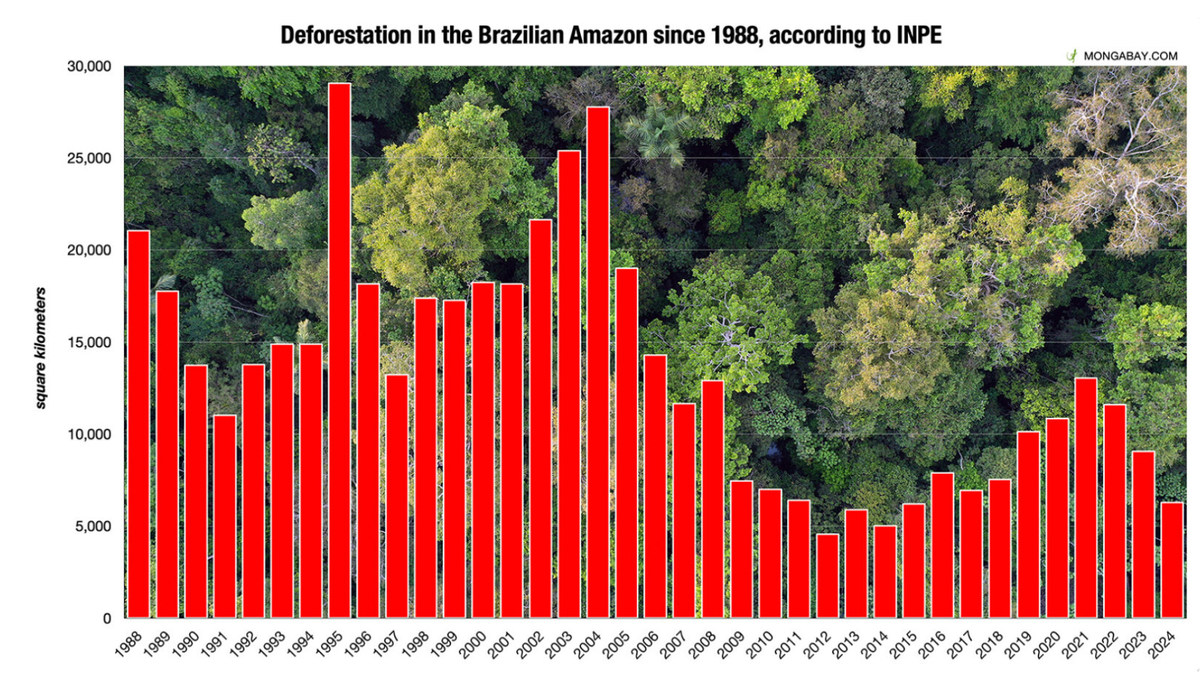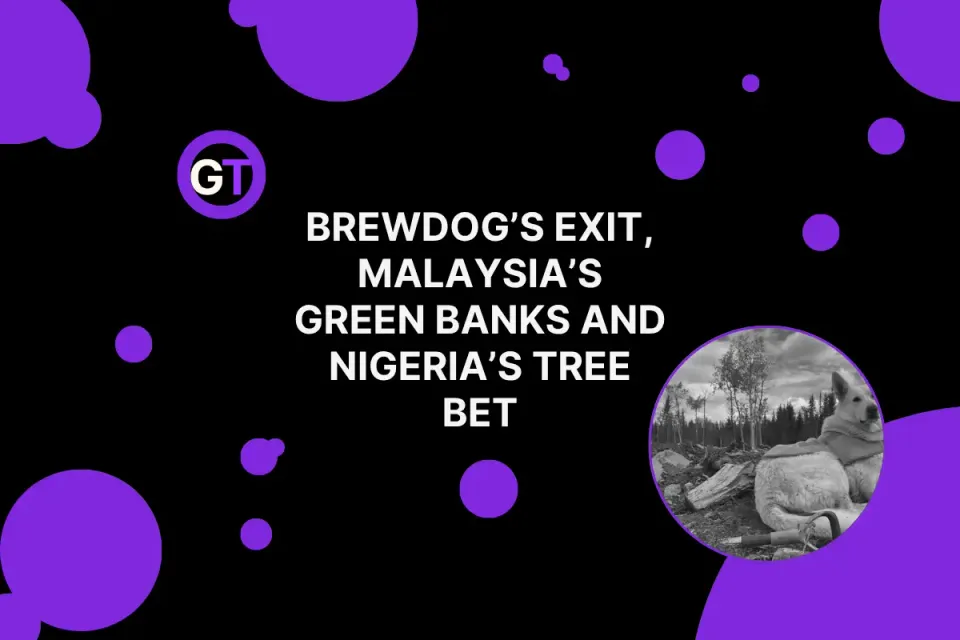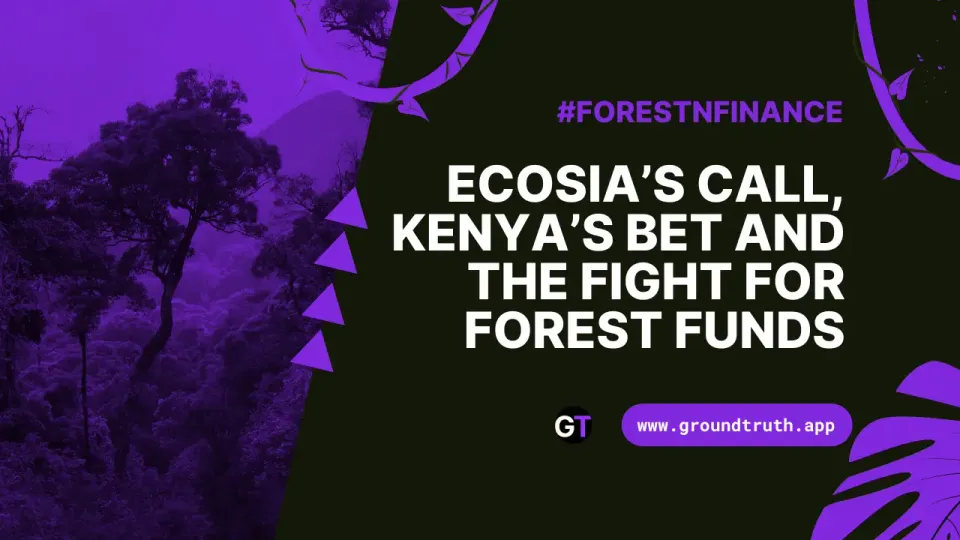Brazil’s Amazon Deforestation Drops to 9-Year Low 🇧🇷
However, fire-induced damage isn’t always reflected in deforestation data. Like many countries, Brazil does not classify areas lost to wildfires as deforestation.

This article by Rhett A. Butler originally appeared in Mongabay.
- Deforestation in the Brazilian Amazon dropped by 30.6% over the past year, reaching its lowest level since 2015, with 6,288 square kilometers cleared by July 31, 2024.
- Despite the drop in deforestation, fires surged nearly 18-fold in September due to severe drought, with fire hotspots up 70% from the previous year.
- Fires impacted ecosystems across South America, especially in Brazil’s Pantanal and Cerrado. But deforestation also dropped in the Cerrado, falling 25.7%.
- The Amazon faces increasing threats from climate change, deforestation, and degradation, raising concerns about destabilizing rainfall patterns and biodiversity loss.
Deforestation in the Brazilian Amazon dropped by 30.6% over the past year, reaching the lowest level of destruction in nine years, according to data from the country’s national space research institute, INPE.
For the year ending July 31, the Brazilian Amazon rainforest lost 6,288 square kilometers (2,428 square miles)—roughly the size of Delaware in the U.S.—marking the lowest annual loss since 2015, when 6,207 square kilometers were cleared.
In the three months since then, the rate of loss appears to have remained stable, based on deforestation alert data published by INPE yesterday.
This stability has persisted despite a sharp increase in fires across the region. In September 2024, the area affected by fires in the Brazilian Amazon surged nearly 18-fold, from 4,700 square kilometers to 39,983 square kilometers, as fires ravaged areas hit by historic drought. Satellite-detected fire hotspots rose by 70%, reaching 145,357 from 85,670 in the same period last year.
Fires are widespread across South America this year, worsening air pollution and health impacts. In Brazil, fires outside the Amazon have been particularly severe in two other biodiversity hotspots: the Pantanal, a giant wetland, and the Cerrado, a wooded savanna heavily impacted by large-scale soy and cattle production in recent decades.
Deforestation in the Cerrado, Brazil’s vast savannah, decreased by 25.7% to 8,174 square kilometers, marking the first decline in five years.
However, fire-induced damage isn’t always reflected in deforestation data. Like many countries, Brazil does not classify areas lost to wildfires as deforestation. However, many fire-affected areas are registered as degraded in INPE’s data, which often precedes outright deforestation.
Deforestation in the Amazon, Earth’s largest rainforest, has been slowing over the past three years. President Lula has prioritized conservation efforts in the Amazon, though his administration has faced criticism for permitting oil extraction in the Atlantic near the Amazon River’s mouth and for the paving of BR-319, a controversial highway that scientists warn could trigger extensive forest clearing by speculators, settlers, and ranchers.
The Amazon is increasingly affected by climate change, compounded by accumulated deforestation and forest degradation. Scientists warn these pressures are already destabilizing the ecosystem, leading to widespread tree die-offs in its southern and eastern regions. If unchecked, this trend could disrupt continental rainfall patterns and lead to a sharp decline in species reliant on the rainforest.
Brazil contains about two-thirds of the Amazon rainforest.
License
Butler, R. A. (2024, November 10). Amazon deforestation in Brazil plunges 31% to lowest level in 9 years. Mongabay. Available under the Creative Commons Attribution-NoDerivatives 4.0 International (CC BY-ND 4.0) license.




